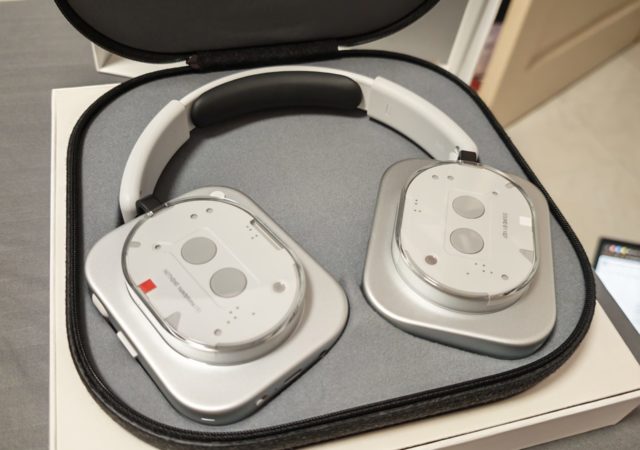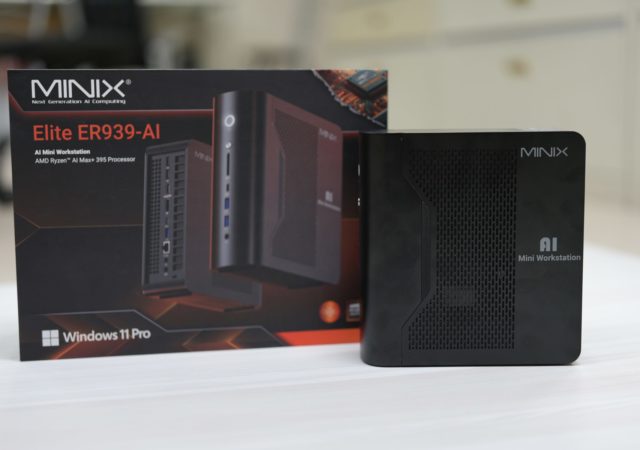Vertiv Eyes Rapid Growth of Edge Computing
in Asia in 3 to 5 Years
in Asia in 3 to 5 Years
Asian
companies are moving computing and storage away from the core data center and
focusing on edge locations such as banks, retail stores or other branches. Vertiv’s regional survey reveals
edge computing uptake to increase massively in three to five years.
companies are moving computing and storage away from the core data center and
focusing on edge locations such as banks, retail stores or other branches. Vertiv’s regional survey reveals
edge computing uptake to increase massively in three to five years.
Manila,
Philippines [August 30, 2017] – Vertiv, formerly
Emerson Network Power, expects more implementations of edge computing initiatives within the next
three to five years in Asia as businesses in this region continue to gain more
knowledge about the benefits of edge computing.
Philippines [August 30, 2017] – Vertiv, formerly
Emerson Network Power, expects more implementations of edge computing initiatives within the next
three to five years in Asia as businesses in this region continue to gain more
knowledge about the benefits of edge computing.
In an effort to determine the
scope of understanding of edge computing among Asian firms and to gather
insights into their needs, Vertiv recently conducted a regional survey that
covered 200 respondents from among its customers and partners. The survey showed that companies in all
industries in the Asian region are gearing up to adopt edge initiatives within
the next three years.
scope of understanding of edge computing among Asian firms and to gather
insights into their needs, Vertiv recently conducted a regional survey that
covered 200 respondents from among its customers and partners. The survey showed that companies in all
industries in the Asian region are gearing up to adopt edge initiatives within
the next three years.
Increasing adoption of edge
Nearly all respondents (97
percent) in the survey think that edge computing will be relevant in their
business and IT strategy in the mid-to-long run (beyond three years). Majority
of the respondents believe that the market is on the midpoint of adopting edge
computing in their respective business operations.
percent) in the survey think that edge computing will be relevant in their
business and IT strategy in the mid-to-long run (beyond three years). Majority
of the respondents believe that the market is on the midpoint of adopting edge
computing in their respective business operations.
Some edge computing projects
have also begun in Asia Pacific. These include a modernization effort of a global
automotive company headquartered in Malaysia; maintaining a
communication network for a fitness
studio in Australia; and a network future-proofing project of a telecommunications
operator in New Zealand.
have also begun in Asia Pacific. These include a modernization effort of a global
automotive company headquartered in Malaysia; maintaining a
communication network for a fitness
studio in Australia; and a network future-proofing project of a telecommunications
operator in New Zealand.
Managing director for Vertiv
Australia and New Zealand Robert Linsdell said, “By enabling organizations to
put their computing resources on the edge, we’re keeping remote sites up and
running regardless of core sites conditions.”
Australia and New Zealand Robert Linsdell said, “By enabling organizations to
put their computing resources on the edge, we’re keeping remote sites up and
running regardless of core sites conditions.”
Linsdell also cited real-time
delivery of services, continuous availability, better storage, and faster data
analytics among the benefits of placing computing at edge locations.
delivery of services, continuous availability, better storage, and faster data
analytics among the benefits of placing computing at edge locations.
Unfamiliar with the edge
The survey also revealed that
30 percent of respondents are not fully aware of what edge computing is.
Thirty-eight percent of respondents also said that they have no plans yet to deploy
edge initiatives in the next one to three years.
30 percent of respondents are not fully aware of what edge computing is.
Thirty-eight percent of respondents also said that they have no plans yet to deploy
edge initiatives in the next one to three years.
Among the top factors listed
in the survey that could prevent businesses to embrace edge computing include
budget (55 percent of respondents), system compatibility (52 percent), and
security issues (43 percent). Also, only a third of all respondents said they
have micro data centers, which are key components in deploying edge computing,
use them for edge initiatives.
in the survey that could prevent businesses to embrace edge computing include
budget (55 percent of respondents), system compatibility (52 percent), and
security issues (43 percent). Also, only a third of all respondents said they
have micro data centers, which are key components in deploying edge computing,
use them for edge initiatives.
“In Asia, edge computing may
still be a vague concept to the market and we need to educate the market with
its relevance in the next few years and how it can revolutionize business
operations,” shared Daniel Sim, director, Vertiv channel business, Asia.
still be a vague concept to the market and we need to educate the market with
its relevance in the next few years and how it can revolutionize business
operations,” shared Daniel Sim, director, Vertiv channel business, Asia.
Vertiv solutions in edge
computing
computing
Vertiv believes key
infrastructures in edge computing spaces need to be efficient, scalable, and
highly responsive. This will allow managers to reduce costs without introducing
additional risk in their small spaces, either through the technologies they use
and how they deploy them.
infrastructures in edge computing spaces need to be efficient, scalable, and
highly responsive. This will allow managers to reduce costs without introducing
additional risk in their small spaces, either through the technologies they use
and how they deploy them.
Vertiv integrated solutions
offer continuous availability, remote access and visibility, and lifecycle
support, simplifying IT deployments in edge locations. SmartCabinet™, SmartRow™
and SmartAisle™ are compact but powerful solutions, combining power, cooling,
and monitoring in one containment.
offer continuous availability, remote access and visibility, and lifecycle
support, simplifying IT deployments in edge locations. SmartCabinet™, SmartRow™
and SmartAisle™ are compact but powerful solutions, combining power, cooling,
and monitoring in one containment.
“To
learn more on how the survey was conducted, download the full report, The Edge in Asia. Visit our website
for more information on our edge solutions, case studies, and the edge playbook.”
learn more on how the survey was conducted, download the full report, The Edge in Asia. Visit our website
for more information on our edge solutions, case studies, and the edge playbook.”
For the LATEST tech updates,
FOLLOW us on our Twitter
LIKE us on our FaceBook
SUBSCRIBE to us on our YouTube Channel!






